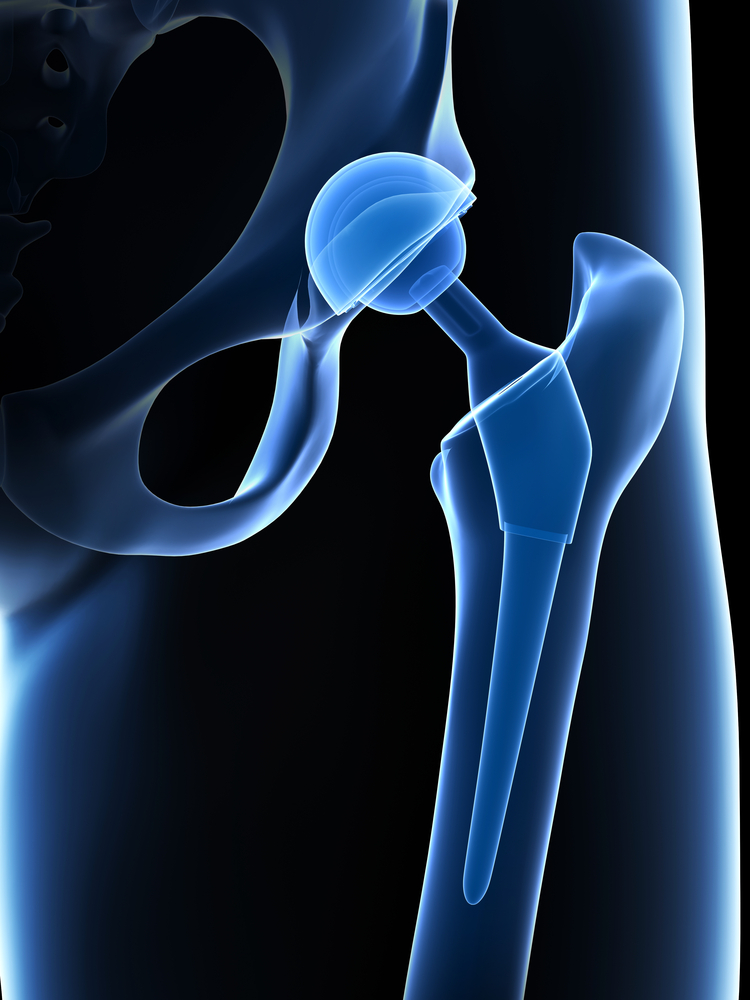
PM specialist Metalysis, based in the UK, has collaborated with material joining and technology engineering company TWI to research 3D printing its tantalum powder for bespoke biomedical applications such as hip joints.
The companies have successfully produced both uniform and randomised tantalum lattice structures that are bio-inert, replicate the structural stiffness of bone and allow for extensive integration with bone cells, so that the new joint is readily accepted by the body.
Metalysis has developed a process that produces metal powders directly from their respective oxides in just a single step, drastically lowering the environmental impact of its manufacture. When used in the metal additive manufacturing (AM) selective laser melting (SLM) process, the end product is structurally consistent and allows for an improvement on the as-built surface finish. The research has reportedly proved that the properties of this metal are retained through the production process even when making a complicated lattice structure.
‘Our analysis suggests these metals are incredibly versatile and highly suited to the medical industry,’ said Richard Pargeter, a technology fellow at TWI. ‘Metal 3D-printed hip replacements could be a huge step forward, allowing patients to have a tailor-made joint by scanning their other hip and matching it with a metal 3D-printed replacement, rather than being restricted to the choice of standard sizes now available.’
This story uses material from Metalysis, with editorial changes made by Materials Today. The views expressed in this article do not necessarily represent those of Elsevier.






